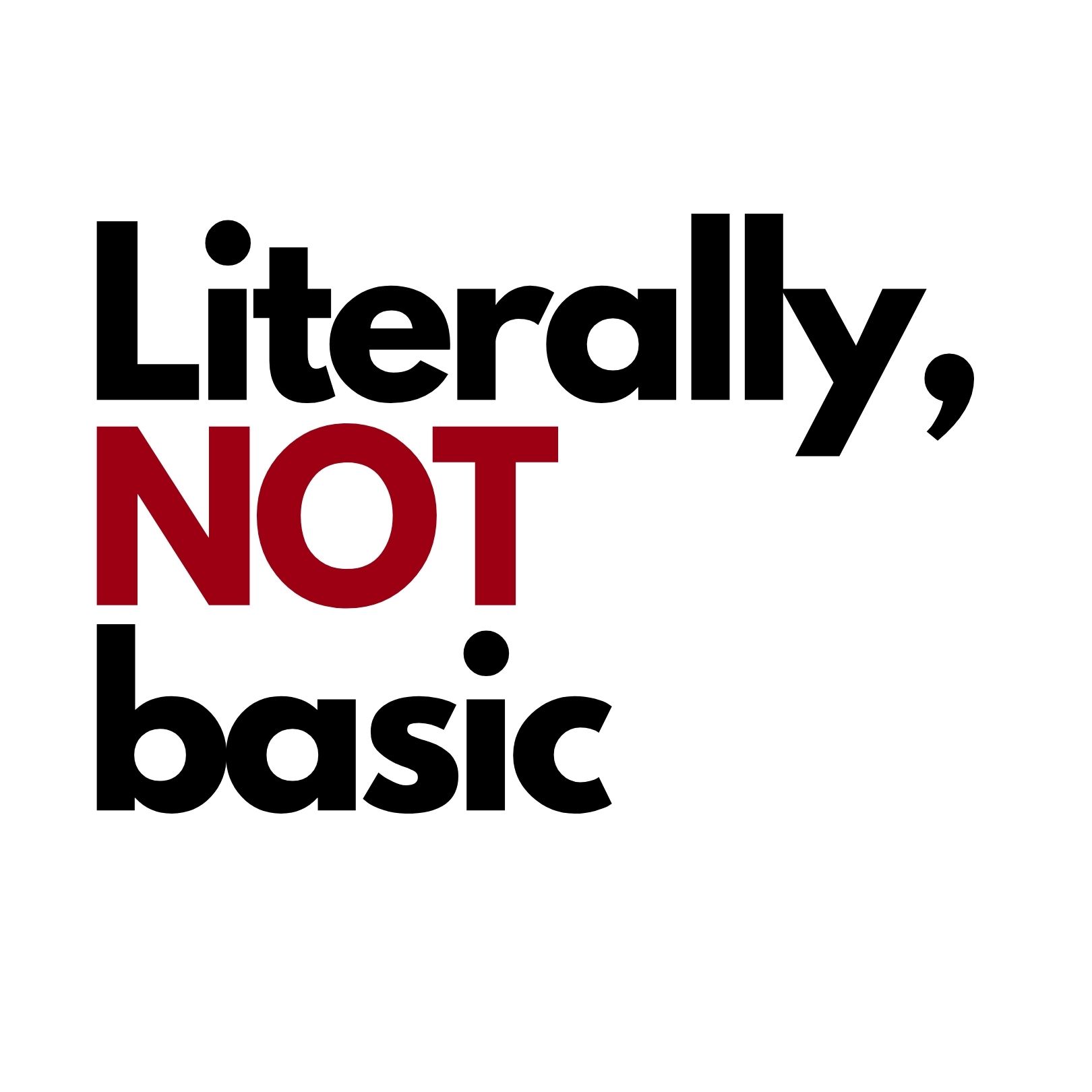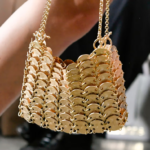Every single day, beauty mogul Huda Kattan reinvents her style through a captivating range of products from her thriving beauty brand, Huda Beauty, which has been making waves for five years. Her impressive social media following, running into the millions, eagerly tunes in to her Instagram and YouTube channels to witness her transformations.
A recent tutorial featuring vibrant purple eyeshadow garnered a staggering 915,000 views, while another video showcasing her application of a “soft and seductive” combination of olive and caramel matte shades similarly captivated her audience. The impact of her videos is significant; many viewers are inspired to purchase the featured products. According to Andrea Szasz, a principal at the consulting firm Kearney, Huda Beauty’s sales are estimated to have surpassed $250 million last year, although the company has opted not to comment on its revenue figures.
However, the striking transformations that make highlighters, foundations, eyeshadow palettes, eyelashes, and lipsticks fly off the shelves may not translate as effectively to Wishful, the skincare line Kattan introduced in February. With products like enzyme scrubs and cleansers, the focus shifts to showcasing natural, unadorned skin, which inevitably means stepping away from the makeup that her fans adore.
“All of a sudden I was forced to be ‘me’ at the most vulnerable, under a microscope in front of a camera… I felt scared,” Kattan expressed, illustrating her initial apprehension.
“I often feel I can become someone else through makeup; it has that transformative power,” Kattan shared during her interview with BoF. “Then suddenly, I found myself presented as the real me—vulnerable and exposed, with no makeup to hide behind, right under the scrutiny of a camera with no filters. It was daunting.”
The timing of Kattan’s shift into skincare is highly strategic. The skincare market was already outpacing the growth of the makeup industry when Wishful launched. Following the onset of the pandemic, there was an increased focus on moisturizing, masking, and self-care at home, while sales of color cosmetics saw a downturn. Nevertheless, there’s no certainty that the fans of Huda Beauty’s dramatic makeup will seamlessly transition to Wishful’s offerings, which include products like the “Yo Glow” enzyme scrub, designed to enhance skin brightness and softness through its combination of beta and alpha hydroxy acids along with fruit extracts.
For Huda Beauty to bridge the gap between the two categories and elevate itself from a successful mid-sized makeup brand to a powerhouse that thrives across different beauty niches, the company must adapt. Kattan has revealed that although she initially envisioned Huda Beauty as primarily a makeup brand, the promising start of Wishful has prompted her to consider diversifying the revenue mix to be “a bit more 50-50.”

Huda’s rose face oil | Source: Courtesy Huda’s rose face oil | Source: Courtesy
“The challenge lies in her ability to craft a sustainable business model that can adapt to trending markets — and leverage her strengths,” remarked Szasz, emphasizing Kattan’s deep connection with her extensive social media audience.
The responsibility of establishing this sustainable business structure rests with Nathalie Kristo, who serves as CEO of Huda Beauty. Having previously led the brand’s North American operations, Kristo took over as interim CEO last year, becoming the first individual to lead the company other than Kattan herself.
As the brand expanded, Kattan found it increasingly challenging to serve as the face of the organization, oversee product development, and engage with nearly 50 million Instagram followers while also fulfilling her role as CEO. She clarified, however, that this shift does not diminish her involvement; rather, it allows her to focus on her strengths: creating products, engaging with her community on social media, and generating content.
In addition to her role at Huda Beauty, Kattan also serves as chairwoman of HB Investments, a family fund she operates with her husband Chris Goncalo and her sisters, Mona and Alya Kattan. This fund invested in the fashion resale platform, The Luxury Closet, in August.
“I went through a period of feeling depressed,” Kattan confessed. “Every day, creating content, connecting with my community, and innovating products brings me immense joy… and I was unable to do any of it.”
Kristo acknowledged Kattan’s expertise in skincare, dubbing her a “trusted authority” in the field, despite her roots in makeup tutorials. Blog posts focused on skincare often see twice the engagement compared to those centered on makeup.
“There exists a certain bias against makeup brands successfully launching skincare lines,” Kristo noted, challenging the preconceived notions that influence consumer perceptions.
As Kristo steers the expansion of Wishful’s product lineup—having recently introduced a rose oil and with more items scheduled for release—she is also overseeing growth in the US and Huda Beauty’s newest markets, which include China (through cross-border e-commerce), South Korea, and Mexico. While the majority of Huda Beauty’s sales stem from Europe, followed by North America, the brand enjoys exceptional awareness in the Middle East, particularly in Dubai, Kattan’s home base.
“My engagement with the US market hasn’t been my top priority, and that’s been part of the issue,” Kattan admitted. “My focus has always been on penetrating markets where we already exist before branching out further.”
“There is all this bias about a makeup brand… being able to launch a successful skincare brand.”
Looking ahead, the plan is to collaborate with more influencers in the United States, bolster digital marketing investments, and work closely with their US retail partner, Sephora, to enhance in-store visibility.
One enthusiastic consumer, Crystal Jones, a 31-year-old corrections officer from Brooklyn, New York, shared that she immediately purchased Wishful’s exfoliator upon its release due to Kattan’s passionate promotion on Instagram. “I love watching different makeup artists experience her skincare line, especially since I’m in the process of becoming an aesthetician,” Jones revealed. She’s eager to try the “Clean Genie” makeup removing balm. “If it meets their standards, it certainly meets mine!”
The pandemic brought significant struggles to the colour cosmetics market, but some segments, such as eye-enhancing products including mascara, eyeliner, and brow pencils, fared relatively well, remaining visible even while wearing face masks or during Zoom meetings. Fortunately, Huda Beauty’s most prominent makeup launch of the year coincided with the debut of their very first mascara, Legit Lashes, which became available in May.
“It helped mitigate the losses we experienced in other product categories,” Kristo explained, noting that the brand’s digital strength compensated for the decline in brick-and-mortar sales. “The closure of physical stores represented a significant volume of business that simply did not occur.”
According to Kattan, Huda Beauty’s lip product line was hit hardest by the effects of Covid-19, as some product launches had to be delayed and pushed to next year.
In light of the challenges posed by the color cosmetics sector, experts suggest that Kattan’s keen capacity to pivot with new products or businesses—whether targeted at the US market or regions where her brand is already well-known—will play an essential role in her long-term success.
“Kattan is expertly capitalizing on this emerging trend with Wishful,” Szasz observed or perhaps she is simply fortunate in her timing.





